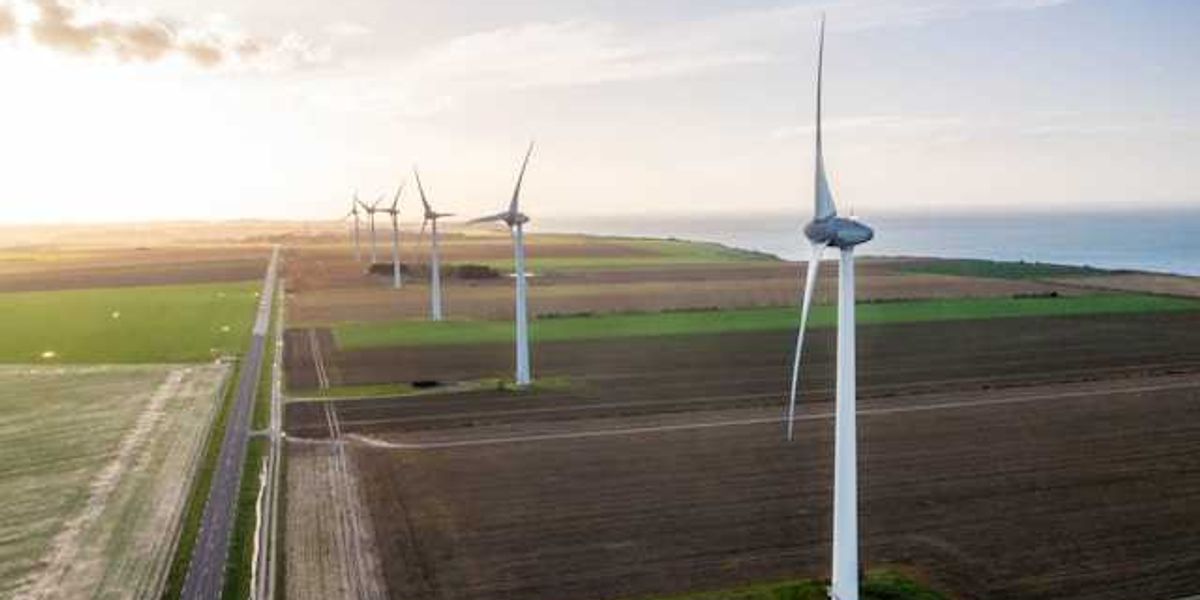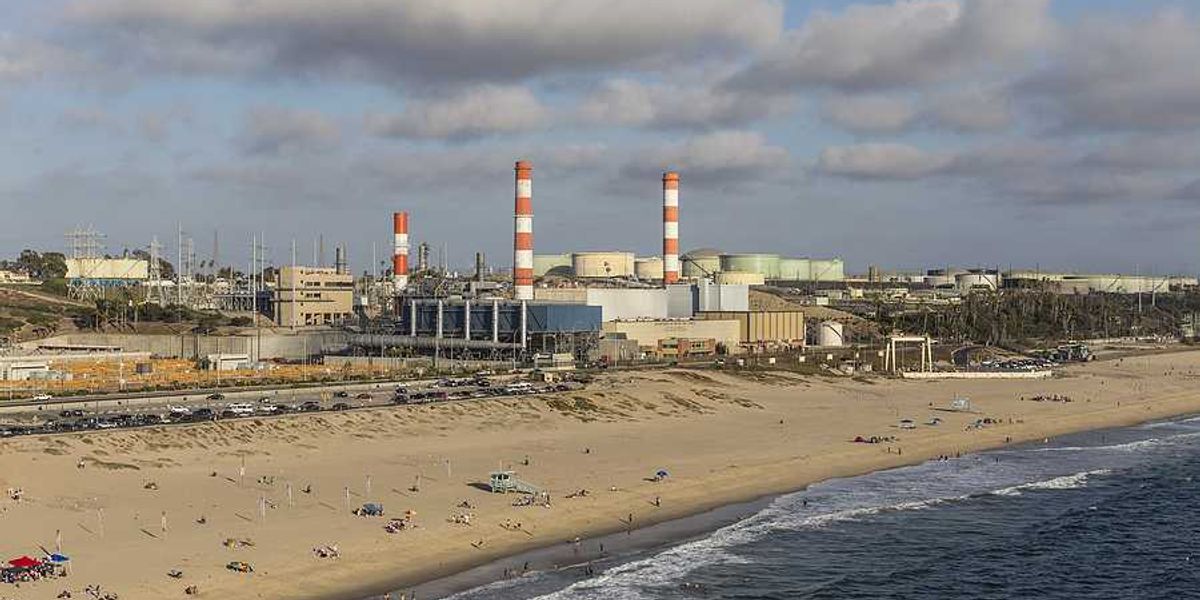Wyoming weighs nuclear waste storage rule change amid public pushback over microreactor plant
Lawmakers in Wyoming are debating a bill that would allow storage of radioactive waste from a proposed microreactor manufacturing facility, a move that has drawn sharp resistance from local residents.
Dustin Bleizeffer reports for WyoFile.
In short:
- The bill would exempt advanced nuclear reactor manufacturers from Wyoming’s long-standing ban on nuclear fuel waste storage, paving the way for Radiant Industries’ planned facility near the town of Bar Nunn.
- Residents packed a town hall to oppose on-site waste storage, citing proximity to homes and schools, while some leaders, including the town’s mayor, defended their support for the project against rumors of corruption.
- Supporters see potential to revive uranium mining and create jobs, while critics warn it could make Wyoming a de facto repository for nuclear waste from around the world.
Key quote:
“Bar Nunn does not want nuclear waste. We want manufacturing. We would love for Radiant to come here and manufacture and put the waste somewhere else.”
— Wyoming State Rep. Bill Allemand
Why this matters:
Nuclear waste storage has long been one of the most divisive questions in U.S. energy policy. Spent fuel remains radioactive for thousands of years, and no permanent federal repository exists despite decades of debate. Temporary storage sites like the one proposed in Wyoming often face fears that “temporary” will become permanent. Communities near proposed facilities worry about accidents, transportation risks, and the stigma attached to living near radioactive material, even as advocates tout nuclear power’s low carbon footprint and promise of steady jobs. The Wyoming fight reflects a national tension between the need for cleaner energy and the unresolved legacy of nuclear waste.
Read more: US energy secretary pushes nuclear power as AI-driven energy demand rises













